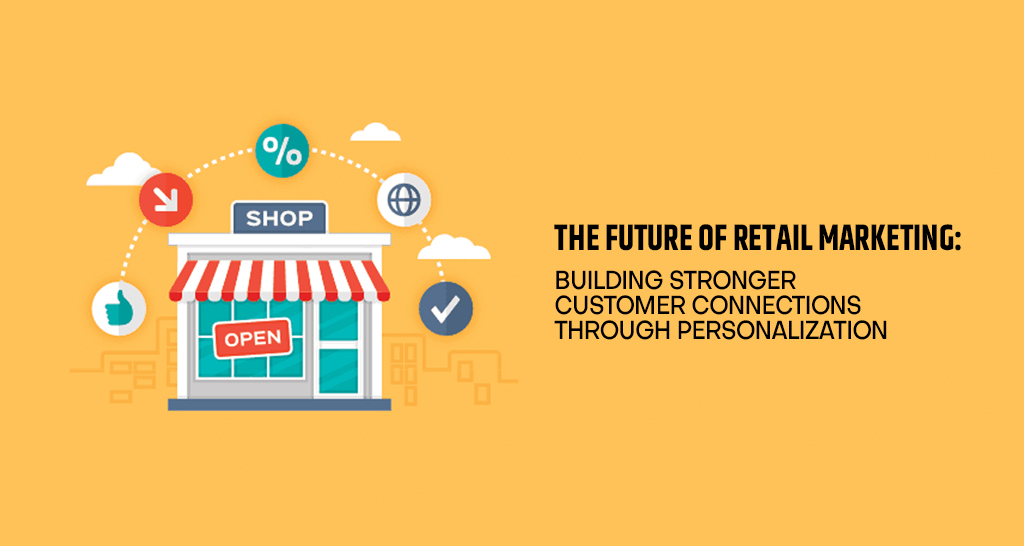Retail is changing. Today’s shoppers want more than just things to buy. They want a shopping experience that is made just for them. Personalization is how stores can do this. It means creating a unique shopping journey for each person, making them feel special.
This is a big chance for stores to grow. When stores focus on personalization, they can get closer to their shoppers, sell more things, and be different from other stores. There are many ways to personalize. It can be as easy as suggesting items someone might like based on what they bought. It can also be more complex, changing what shoppers see in the store while they are there.
In this guide, we’ll explore how personalization can revolutionize your retail business.
The Power of Personalization
Creating personalized experiences goes beyond simply addressing customers by name. It’s about truly understanding their preferences and tailoring every interaction accordingly. For businesses, this approach is a game-changer. Customers are more likely to purchase products that resonate with them, and personalization can drive a significant increase in sales.
Moreover, when shoppers feel valued and understood, they are more likely to return, fostering brand loyalty and increasing customer lifetime value. It also helps businesses stand out in a crowded marketplace, as customers are drawn to brands that offer unique and tailored experiences.
Key Strategies for Personalization
Personalization isn’t just a fancy word; it’s a way for stores to make shopping more personal for each customer. Let’s look at some ways stores can do this.
● Gathering Information
To give customers what they want, stores need to know about them. They can learn from what customers buy, what they look at online, what they do on social media, and even what they do in the store if they have a loyalty card. But it’s essential to be honest and careful with this information. Stores need to get permission from customers, tell them how they will use the information, and keep it safe.
● Use Retail Media Practices
Retail media is a rapidly growing strategy that enables retailers to monetize their digital real estate by offering ad space to brands. However, navigating this complex landscape requires expertise and specialized knowledge. This is where hiring professionals specializing in retail media becomes crucial. These experts can help stores make the most of their ad space, offering digital transformation solutions like electronic shelf labels, in-store digital campaigns, and IoT platforms.
They know how to choose the right ads for the right people and where to put those ads to optimize store operations and enhance the overall shopping experience. This is a win-win for everyone: stores make more money, and brands see better results from their ads.
● Changing Prices
Sometimes, stores change the price of things based on what’s happening. This could be because of what a customer has done before, how many people want to buy something, or even what’s happening in the world. This can be tricky, but it can help stores sell more things and make more money by charging the right price for each person.
● Grouping Customers
To make shopping personal, stores need to know the different kinds of shoppers they have. They can group customers based on things like age, what they buy, or what they like. This helps stores send the right messages and suggest the right products to each group.
● Special Messages and Deals
When stores know who their customers are, they can send them special messages and deals that they will like. This might be emails with suggestions for things to buy or special prices just for them. This can make customers feel special and encourage them to buy more.
Challenges and Considerations
Personalized customer experience can be good for stores, but it’s important to be careful. Stores need to keep customer information safe. If that information gets out, people won’t trust the store anymore. Also, stores need to respect privacy. If they know too much about someone, that person might not like it. The best way is to find a balance.
Stores can use information to improve shopping experience, but they should stay within a reasonable distance. Another challenge is that making shopping personal can be tricky. It might mean buying new technology or hiring people who know how to do it. But if stores can figure it out, it’s worth it. Happy customers will keep coming back and buy more things.
Conclusion
Creating a unique shopping experience made just for each customer is no longer a nice extra for stores; it’s something they need to do. When stores get to know their shoppers and create special experiences just for them, everyone wins. Shoppers are happier, and stores sell more things. Creating these unique experiences can be tricky, but it’s worth it. By following this guide and focusing on the customer, stores can succeed in today’s changing world of shopping.

